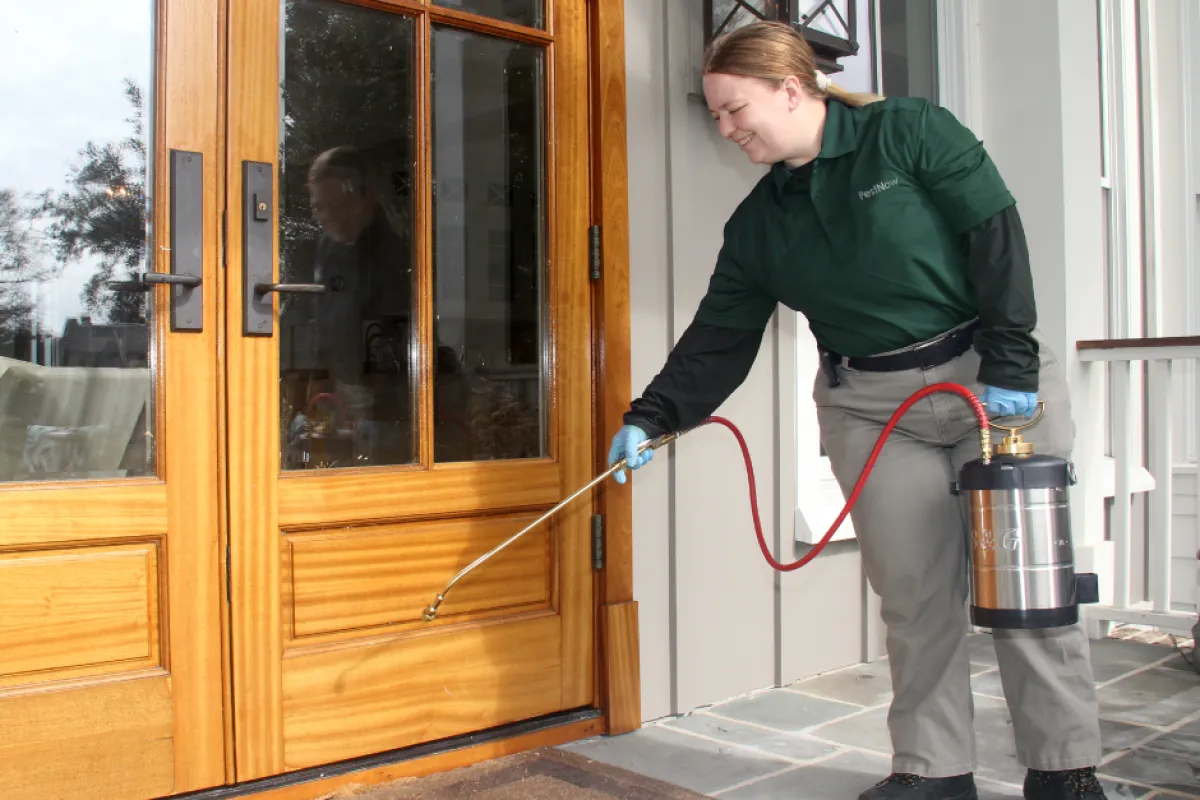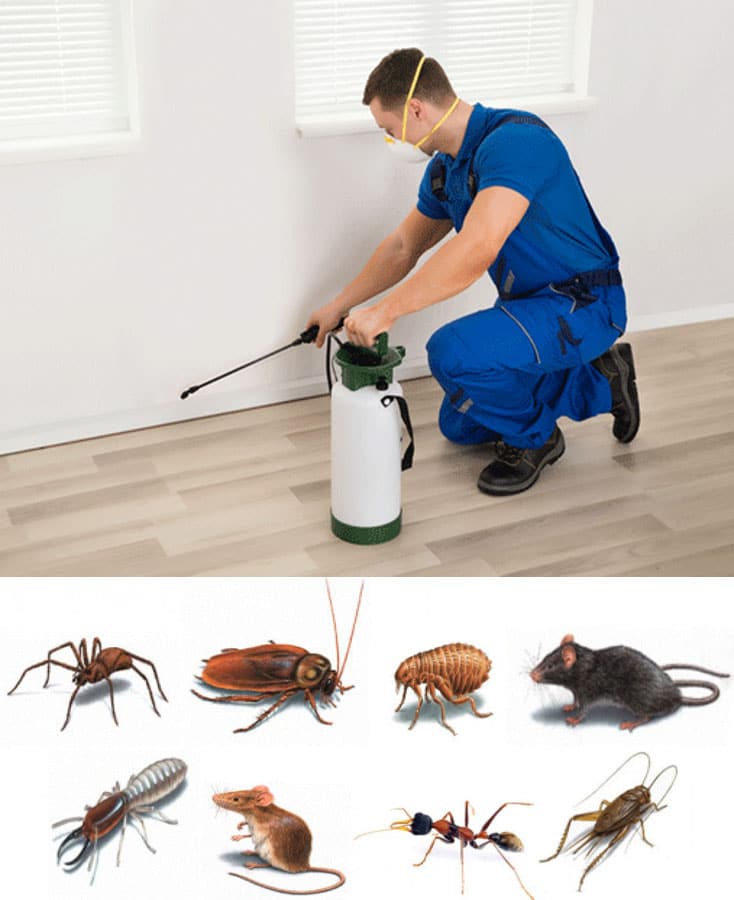Trusted A1 Bed Bug Exterminator Charlotte - Get Rid of Bed Bugs Fast
Trusted A1 Bed Bug Exterminator Charlotte - Get Rid of Bed Bugs Fast
Blog Article
Bed Bug Therapy Break Down: Contrasting Chemical Vs. Non-Chemical Solutions
In the realm of pest control, particularly when managing the consistent issue of bed pests, the choice in between chemical and non-chemical therapy remedies can be an essential one. Both methods use unique advantages and drawbacks, influencing aspects such as efficiency, security factors to consider, and overall expense. By taking a look at the nuanced details of each approach, a clearer understanding of which course to seek in dealing with a bed bug infestation can be achieved.
Effectiveness of Chemical Therapies
Chemical therapies for bed insect infestations have actually been commonly identified for their fast and powerful efficiency in eliminating these insects. When considering the effectiveness of chemical therapies, it is crucial to recognize that they can provide a comprehensive and quick service to a bed bug issue. Expert pest control experts often rely upon insecticides to target bed bugs at different stages of their life cycle, including nymphs, eggs, and grownups. These chemicals commonly function by interfering with the bed insects' anxious system, bring about paralysis and eventual death.
Furthermore, chemical treatments have the advantage of providing recurring effects, meaning that they can continue to eliminate bed bugs even after the initial application. This recurring action is specifically helpful in combating any possible re-infestations. In addition, the quick activity of chemical therapies can bring relief to people facing serious bed pest problems, permitting them to gain back control of their space promptly.
Security Problems With Chemical Solutions
One essential element that needs cautious factor to consider when making use of chemical services for bed insect therapy is making certain the safety of passengers and the atmosphere. Exposure to specific chemicals used in bed pest treatments can lead to respiratory problems, skin irritation, or other unfavorable responses, especially in individuals with pre-existing problems or level of sensitivities.
Moreover, the ecological influence of chemical solutions is one more substantial factor to consider. Some pesticides made use of in bed bug therapies may be hazardous to beneficial pests, wildlife, and ecological communities if they leach right into the soil or water supply. It is vital to make use of chemical treatments carefully, following security standards, and considering less hazardous alternatives to reduce these threats and guarantee the reliable and risk-free management of bed bug infestations.
Advantages of Non-Chemical Methods
Considering the potential safety problems and look here ecological effect connected with chemical solutions for bed pest therapy, checking out non-chemical methods offers an encouraging option with several unique advantages. Non-chemical therapies are ecologically pleasant, as they do not add to air or water air pollution, making them a lasting selection for bug control.
Furthermore, non-chemical services can be reliable in targeting bed pests, including hard-to-reach areas where chemical therapies might not permeate - A1 pest control charlotte nc bed bugs. Approaches such as heat therapy, vacuuming, heavy steam cleansing, and bed mattress encasements offer detailed removal without the use of unsafe chemicals.
Limitations of Non-Chemical Treatments

Furthermore, non-chemical treatments often call for several applications to attain effective elimination. This can be lengthy and may not always guarantee complete removal of all bed pests and their eggs, specifically in hard-to-reach or covert locations.
In addition, the success of non-chemical therapies greatly relies upon proper execution and thoroughness, which can be testing for people without professional expertise. Poor application of non-chemical methods may cause insufficient elimination, bring about relentless problems and the need for extra treatments.
Consequently, while non-chemical therapies have their advantages, it is necessary to acknowledge these restrictions and consider them when determining the most efficient method for handling bed bug infestations.
Expense Comparison: Chemical Vs. Non-Chemical Options
Offered the restrictions associated with non-chemical treatments, a necessary facet to review in the context of bed insect monitoring is the expense contrast between chemical and non-chemical options. In comparison, non-chemical therapies like heat therapy or steam can be a lot more expensive, with prices ranging from $1,000 to $6,000 for a whole home. While the preliminary cost of chemical therapies may appear lower, numerous therapies may termiticide pest control be called for to fully get rid of the infestation, possibly enhancing the overall expense.
Conclusion

Considering the possible safety problems and ecological impact linked with chemical options for bed bug therapy, checking out non-chemical methods offers an appealing option with numerous unique benefits.Given the constraints associated with non-chemical treatments, an important element to evaluate in the context of bed pest administration is the price contrast between chemical and non-chemical choices. In contrast, non-chemical treatments like warmth therapy or steam can be extra pricey, with costs ranging from $1,000 to $6,000 for an entire home. While the preliminary expense of chemical therapies might seem lower, several therapies might be needed to completely remove the problem, possibly enhancing the overall price.In conclusion, when contrasting chemical and non-chemical bed bug therapy choices, it is essential to take into consideration performance, security, benefits, constraints, and expense.
Report this page